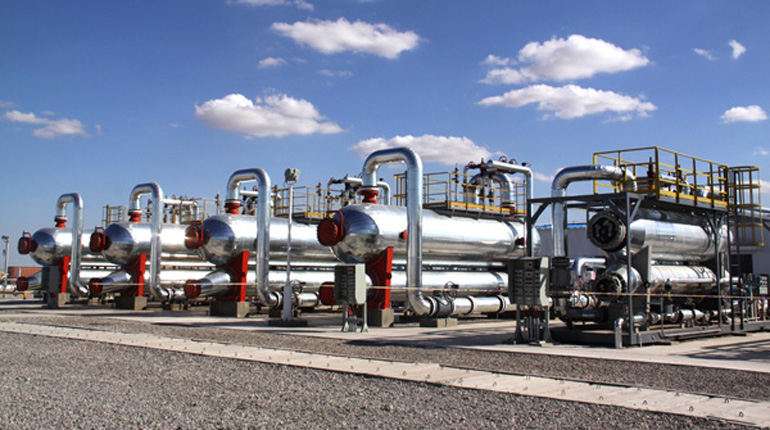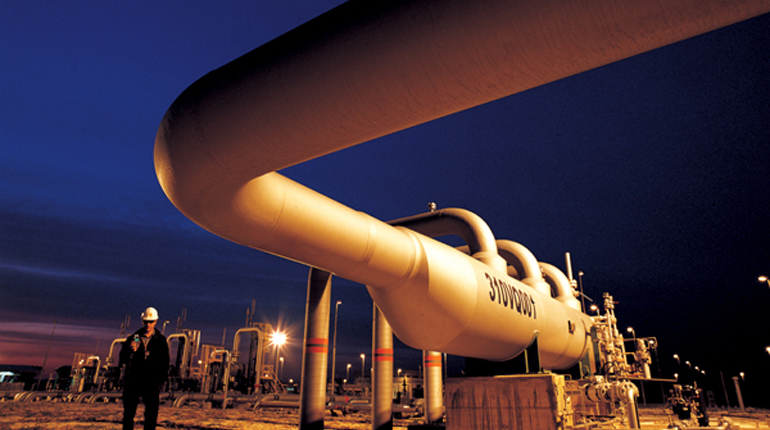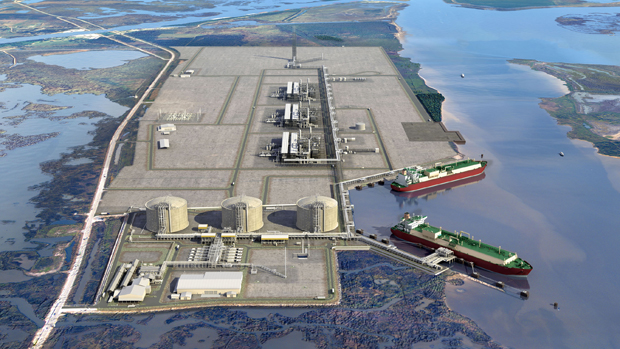Summary
Gas demand in Northeast Asia is expected to rise as the region enters the northern hemisphere summer, while consumption growth in Europe is likely to ease after late April's weather-related spike in use. The summer in North America could be warmer than last year, which will boost air-conditioning associated gas use over the coming months. Latin American gas demand is expected to continue to be weak, despite the onset of the southern hemisphere winter.
Forecast highlights
- Spot LNG prices in Northeast Asia could see limited support as the region moves into the northern hemisphere summer.
- Average LNG contract prices fell again in March. However, they will rise in the latter half of the year as the increase in oil prices filters through to oil-indexed contracts.
- European hub prices rose sharply in April when a cold snap hit the region. Prices have fallen, with the NBP day-ahead now around 30-31 p/th. Pressure on prices will continue over the coming weeks.
- The Henry Hub front-month futures price will receive support during the summer as air conditioning-related gas demand increases. However, underlying bearishness in the market will cap gains in the price.
- In Canada, the East-West gas price spread (the difference between the Dawn and AECO hub prices) is expected to widen in the coming months because the AECO hub price is low. The AECO price fell to $0.69/MMBtu in May – its lowest closing level since December 2000.
- Latin American LNG consumers will remain price-sensitive. In April, Argentina decided not to buy any LNG cargoes from a tender for nine shipments as the country perceived the price on offer to be too high.
- India is expected to remain a popular destination for Qatari cargoes during the northern hemisphere summer. Qatar’s LNG netbacks from India are some of the highest of any of its customers.
- Supply disruptions and the relatively weak US dollar will support oil prices in the months ahead. However, $50/bbl is a strong technical resistance level for Brent and WTI crude futures as prices above that level may accelerate the return of high-cost production from the likes of US shale plays.



